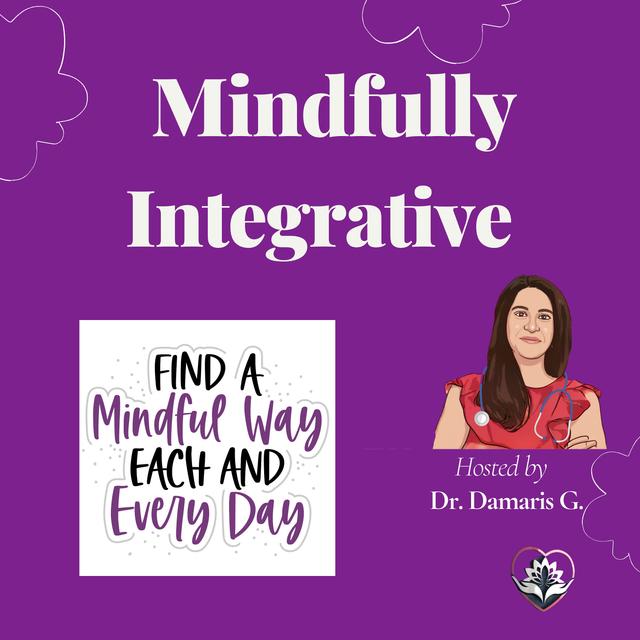so modern intensity exercise is increasing the body's heart rate over around 120 and it gets your oxy consumption to around 70 to 80 percent . What is the benefits of this ? Just like initial low intensity , it is very much so about increasing the heart rate , getting you to where you would like to be , and it's around 50 to 60% of work .
So the low intensity is around 20 to 40% . Moderate intensity gets you to your heart rate to that 50 to 60 percent . Types of moderate exercise are like walking 30 minutes , biking , swimming , running , playing , jump rope walking , stairs , gardening , things of that nature . How do you calculate your moderate and low intensity and high intensity ?
You do this by subtracting your age from 220 to get your maximum heart rate . That's how I got this 50% . Then you're going to subtract your resting heart rate from the maximum heart rate . So if you're , and then you're going to multiply the percentage of your training intensity .
So your age could be 50 , your heart rate could be 70 , and you're doing 50% of intensity . So 220 minus 50 equals 170 . 170 minus 70 heart rate is 100 . 100 times 50 plus the 70 equates you to around 120 in the heart rate . This just kind of is a formula . They call it Coravin formula .
But overall , initially saying , when you're talking about low intensity , you're using about 30 to 40% of your heart rate . Moderate intensity is 50% . High intensity is 60 to 80% and above that you may be overexerting , may be overexerting . Benefits overall and from the research is a many array of things .
It improves your mood , your psychological , your physical , your overall well-being . What is it ? Helps with general physical function , your circulatory system , your .
Any type of aerobic exercise where you're building up the oxygen within the body and the circulatory system within the body , you are giving yourself a benefit and as long as you do it within reason , giving yourself a benefit , and as long as you do it within reason .
Now , on the mental side , it helps with cognitive impairment , helping decrease dementia and thinking of that , as you're building up circulatory system . So if you're building up more circulatory system , there is more blood flowing . That means there's more blood flowing to the brain and less occlusion , less occlusion in other places of the body .
When you're moving more , you're having a better quality of life . When you are a well-oiled machine , you have a better quality of life . When your movements are not as aggressive , you have a better quality of life .
Now the physical activity as a whole is improving your chances of chronic diseases and chronic illness , such as diabetes , high blood pressure , cardiovascular disease and frequent comorbidities that may come with lifestyle and frequent comorbidities that may come with lifestyle things that you have not changed .
In addition , when it comes to lifestyle , medicine and health , we want to look at what we're doing to our bodies , and moderate intensity exercise , or any exercise at all , is the most important way of thinking . Okay .

